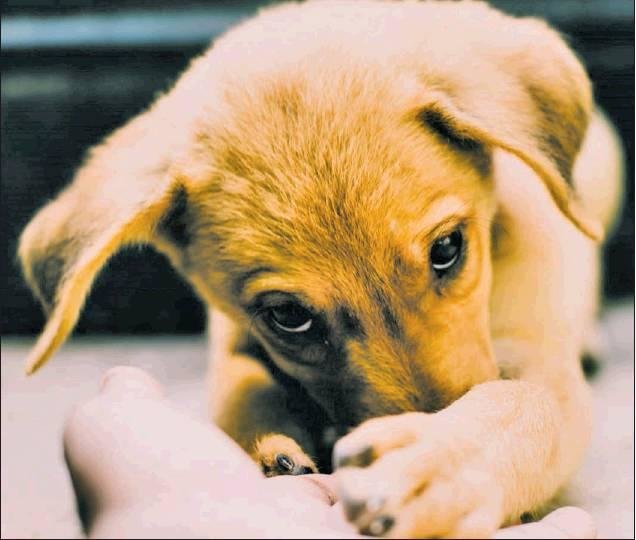Furry Friends
A guide to training your puppy
There are a lot of myths about housetraining a new puppy.
I hope to give you some tips to make it easier.
The nice thing is that nature has helped make your puppy receptive to house …
This item is available in full to subscribers.
Subscribe to continue reading. Already a subscriber? Sign in
Get 50% of all subscriptions for a limited time. Subscribe today.
Please log in to continueNeed an account?
|
Furry Friends
A guide to training your puppy
There are a lot of myths about housetraining a new puppy.
I hope to give you some tips to make it easier.
The nice thing is that nature has helped make your puppy receptive to house training.
Wild canines like wolves live in dens. Mom keeps the den clean at first, but eventually the pups must learn for themselves.
As a wolf pup’s brain matures, they start to instinctively resist soiling the den.
Your puppy has the same instinct. It’s up to you to teach it what to do.
Use a crate or set aside a specific area for sleeping to create a “den” for your puppy.
The space needs to be large enough that your puppy can stretch out, stand, and turn around comfortably. You want your puppy to feel safe and comfortable in their “happy place” even when you aren’t home.
Puppies can’t hold their bladders for very long. You’ll need to take your puppy outside as often as you can.
A rule of thumb is to add one hour to the age of your puppy in months. If your puppy is 2 months old they need to go outside every 3 hours.
Try and take your puppy to the same place every time so they associate that spot with potty time.
Tell your puppy when it’s time to “go potty” by using the same command every time. Reward them with praise and treats for a job well done.
Make bathroom habits more predictable.
Practice consistent mealtimes, and make sure you’ll be available for a walk 10-15 minutes later. A full stomach usually means “go time.” You can reinforce this tendency with rewards and praise.
Make sure you can be counted on, too.
Don’t leave your puppy alone in the crate for longer than they can “hold it.”
Never strike your puppy or rub their nose in an accident. They won’t know why they’re being punished, they’ll just learn to fear you.
Be patient with your puppy — they want to learn if you’re willing to invest the time.
If you’re being consistent and still can’t seem to housetrain your puppy, ask your veterinary team. They can make sure there are no medical causes for the problem and offer more tips.
Some puppies develop a habit of food guarding or food aggression. They may become defensive while eating food or treats, or chewing on a bone or toy.
Signs of food guarding range from very mild, such as growling or running away with the food, to severe cases where biting occurs.
If your dog displays mild signs of food guarding, make sure they’re left alone while eating and separate them from people or other pets during meal time.
To avoid the issue altogether, hand feed the first few meals to your dog. Your goal is to make the experience as calm and positive as possible.
You want to create a positive association between people approaching the food bowl and something really good happening, such as a treat getting dropped in the bowl.
While your dog is eating, casually drop in a tasty treat. You should do this at least once or twice a meal until your dog seems comfortable and happy to have you around while they eat.
If they seem upset or nervous, stop and try again later. Signs of stress include food gulping, a stiffened body, raised hair, growling, snapping, staring, panting or widened eyes.
Do not attempt to take away your dog’s food, toy or treat if they display aggressive behavior. Instead, talk with your veterinarian.
They may refer you to a veterinary behaviorist or certified professional dog trainer who has experience treating food guarding.
Other items that may interest you










Comments
No comments on this item Please log in to comment by clicking here